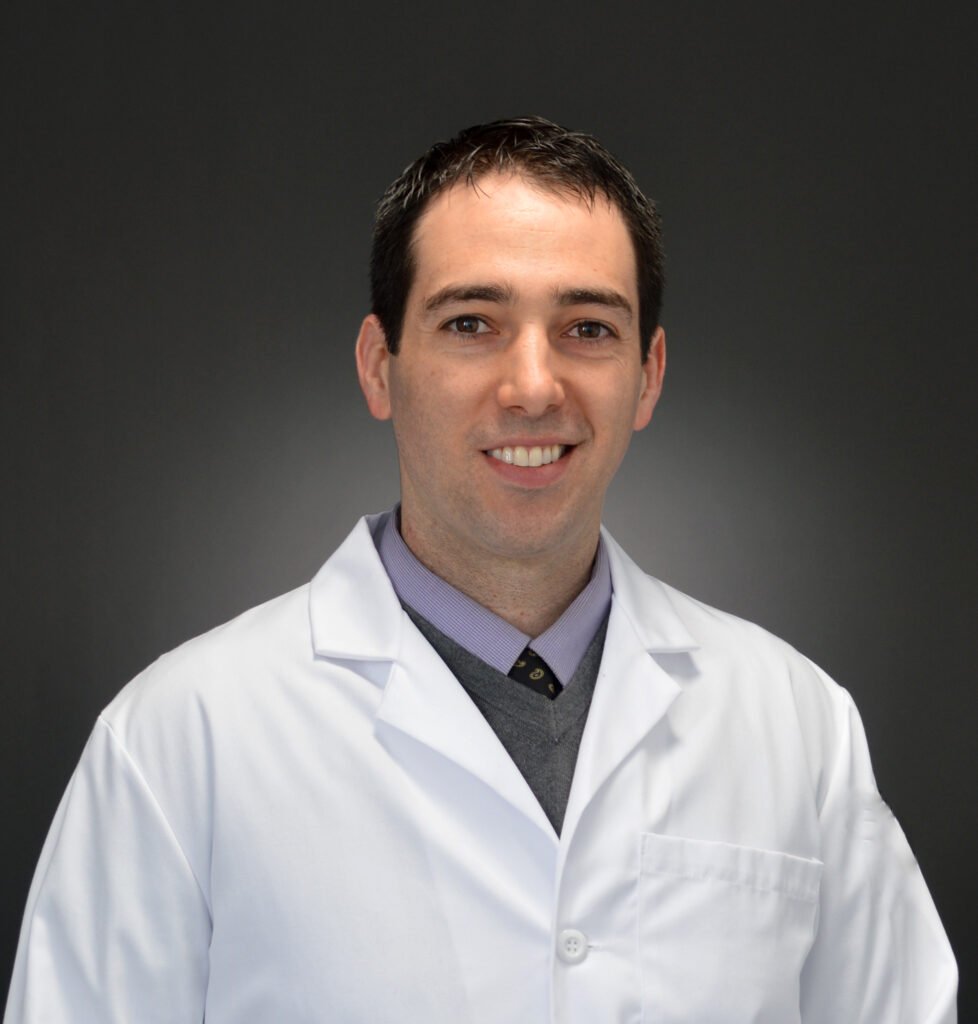April 2022 Society Spotlight
 Meet Adam S. Sprouse Blum, MD
Meet Adam S. Sprouse Blum, MD
Migraine is a primary care issue
There are currently more than 55-million Americans living with migraine, and fewer than 700 UCNS certified headache specialists. Six states have no headache specialists at all. There are 360,000 primary care clinicians in the US. 71% of visits for migraine occur in a primary care setting. Yet 56% of people with migraine never receive the diagnosis. Why is this, and how do we fix it?
I’d like to share my perspective, coming from a family medicine background…
The Problem
One of the key reasons migraine is so frequently unrecognized and under-diagnosed is there’s still so much we don’t know about the disease. With lack of understanding comes fear—or worse, stigma. And while the black box of migraine is shrinking, there is a delay in the trickle down of new knowledge from the scientific community into practice. During this knowledge delay, old theories and outdated information abound. This is not a new problem. But it remains particularly problematic with migraine where even headache experts can’t agree. If you ask 5 headache experts to explain the pathophysiology of migraine, you will get 5 different answers, each focused on the aspects they believe to be most salient. If we can’t agree, how can we expect primary care clinicians, for whom migraine is just one of the many diseases they care for, to feel comfortable? We can’t. But that doesn’t stop people with migraine from showing up at their office every day.
A Solution
One key solution is education. As a headache expert, I believe it is our job as knowledge keepers to pass on this information in order to improve the lives of people with migraine and other headache disorders. We need to make it easy for primary care clinicians to do their job effectively. The American Headache Society has embraced this work by developing the First Contact – Headache in Primary Care program. The mission of First Contact is “to reduce disability among patients with headache by improving the practice of headache medicine across America.” AHS members have come in droves to show their support. To date, over 100 AHS members have contributed to First Contact either as content contributors, reviewers, speakers, or advisors. Together, we have accomplished so much. We created 2 presentations, 1 for family/internal medicine and the other for OB/GYNs. These presentations have been given at more than 45 local, regional, and national meetings to over 4,000 primary care clinicians to date. We created a podcast series that has garnered 2,000 plays, developed a migraine management flowchart, topic papers and quizzes, and a monthly journal newsletter. These are just some of the highlights.
However, our work is far from done. We are currently creating a migraine presentation for pediatric clinicians, a phone app for our migraine management flowchart, and strategies that make it easy for clinicians to provide patients with guides from the American Migraine Foundation during a clinic visit…with more ideas in the hopper.
In summary, most migraine and headache management happens in primary care. In a quickly evolving field like ours, it is imperative that we equip primary care clinicians with useful, accurate, timely information they can seamlessly apply when the patient knocks on their door today. This work improves lives.
I’d like to close by acknowledging all of the people who volunteer their time to make First Contact a success. I’d particularly like to acknowledge Hayley Swiderski, Program Coordinator for First Contact. The success of the program is largely attributable to her continued drive and ideas that move us forward.
If you are interested in helping with the First Contact initiative, please reach out to Hayley Swiderski at hswiderski@talley.com.
Kindest regards,
Adam
Adam S. Sprouse-Blum, MD
Co-chair, AHS First Contact – Headache in Primary Care
Assistant Professor
Department of Neurological Sciences
Robert Larner, MD, College of Medicine
University of Vermont Medical Center
Twitter: @adamsprouseblum


